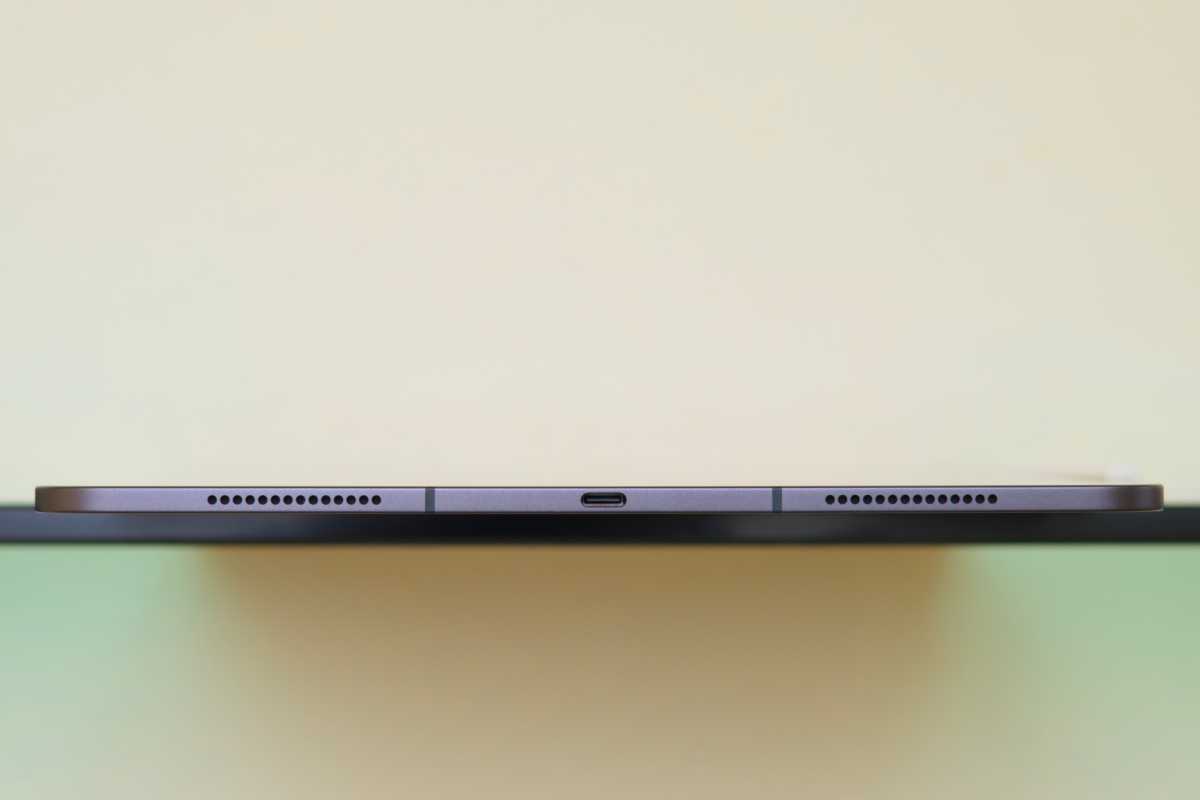|
Navigation
Recherche
|
I finally switched from a MacBook to an iPad Pro, and I’m not going back
mercredi 19 novembre 2025, 12:30 , par Macworld UK

As a minimalist, I’ve long wanted to replace the 13-inch MacBook Air M2 I use for work with a slimmer and more portable iPad. Until this year, the rational voice in my head warned me that the tablet’s various limitations made this a bad investment, but everything changed with the launch of iPadOS 26. Its more advanced multitasking system brings the mobile OS closer to macOS, and me one step closer to my dream work setup. Following the iPad Pro M5’s debut, I came across a heavily discounted M4 model. Given that the two generations share most of the same tech specs, I decided to opt for a 13-inch iPad Pro M4, paired with a Magic Keyboard and Apple Pencil Pro. To test the practicality of using iPadOS for work, I put my MacBook away and relied solely on the iPad Pro M4 for a week. Here’s how it went. Aesthetic vs practical design The most noticeable difference between the iPad Pro M4 and MacBook Air M2 lies in their form factors. The former device is lighter, thinner, and more portable. It genuinely blows my mind how slim the iPad has become, despite packing a desktop-class chip. I also appreciate the switch to Face ID, which is infinitely more reliable and convenient for me than Touch ID. Thin different: The iPad Pro’s svelte design, viewed from the bottom edge.Mahmoud Itani / Foundry Perhaps the best part of this versatile setup is the ability to easily detach the iPad from the Magic Keyboard whenever needed, further reducing its size and weight. Those who rely on wired earbuds, however, will miss the MacBook’s headphone jack. Other iPad compromises include its physical stability. Balancing it on surfaces that aren’t straight or solid, such as your lap or bed, can sometimes be challenging. Interacting with the Magic Keyboard’s hinge also doesn’t feel as natural when compared to a MacBook. More input methods One of the main reasons behind my switch is the iPad Pro’s superior OLED screen. Not only is it sharper and more vibrant, but it also supports touch and Apple Pencil input. Admittedly, I miss the wider, pressure-sensitive trackpad offered by the MacBook Air. Nonetheless, the one embedded into the Magic Keyboard has a comparable feel and supports haptic feedback. The keyboard is similarly backlit and comfortable for long typing sessions. The Apple Pencil Pro has many uses, such as writing “Macworld” in a lovely blue.Mahmoud Itani / Foundry Inferior multitasking While the upgraded windowing system introduced with iPadOS 26 makes the iPad more practical for work, there’s more to multitasking than just opening multiple app windows. For example, certain keyboard shortcuts I’m used to don’t work in third-party iPad apps. Likewise, iPadOS hasn’t yet adopted the reimagined Spotlight Search with clipboard history brought by macOS Tahoe. Other omissions include the iPhone Mirroring app, which I used to depend on, and support for using Apple TV 4K as a wireless second monitor (not just vanilla mirroring). In general, I find myself spending more time getting the same tasks done, as certain flows are different—or completely nonexistent—on iPadOS. My muscle memory will adapt with time, I suppose. But overall, multitasking on the iPad is definitely inferior to that offered by the MacBook. The iPad Pro’s multitasking system is impressive, but it still can’t match that of macOS.Mahmoud Itani / Foundry Better apps One thing I dislike about using macOS is the more limited availability of native applications. Many developers, such as Google, avoid releasing dedicated desktop apps, forcing users to opt for their websites instead. Meanwhile, the software library on iPadOS is seemingly more comprehensive, and apps tend to be more polished. This has elevated my computing experience, as I no longer need to use wonky web apps as often. Shorter battery life Arguably, the biggest drawback of this setup is the iPad Pro’s shorter battery life—which, in a way, makes it less portable. Despite my 3-year-old MacBook Air M2’s battery health dropping to 82%, the laptop still lasts me longer on a single charge than the brand-new iPad Pro M4. And the iPad’s battery life will only get worse with time, which has discouraged me from connecting it to a cellular plan. Another consequence of the slim design is the more frequent overheating when running intensive tasks. While for obvious reasons the iPad Pro M4’s performance is miles ahead, its body tends to get warm faster than the M2 MacBook Air. This could be why Apple reportedly plans to implement a vapor chamber to improve the thermal management on the upcoming iPad Pro M6. A MacBook replacement (terms apply) My everyday computing needs revolve around researching, typing, and photo-editing, and the iPad Pro excels at all of them. As such, I will continue to use it as my main work machine for the foreseeable future. It has essentially replaced my MacBook Air M2. Nevertheless, I will also keep my MacBook around for activities that remain macOS exclusives, such as HomePod mini OS recovery. My world has flipped: My iPad Pro is now a functional laptop replacement… and I only need to keep my Mac around for specific, uncommon use cases.
https://www.macworld.com/article/2964736/i-finally-switched-from-a-macbook-to-an-ipad-pro-and-im-nev...
Voir aussi |
59 sources (15 en français)
Date Actuelle
mer. 19 nov. - 14:31 CET
|
 MacMusic |
PcMusic |
440 Software |
440 Forums |
440TV |
Zicos
MacMusic |
PcMusic |
440 Software |
440 Forums |
440TV |
Zicos







